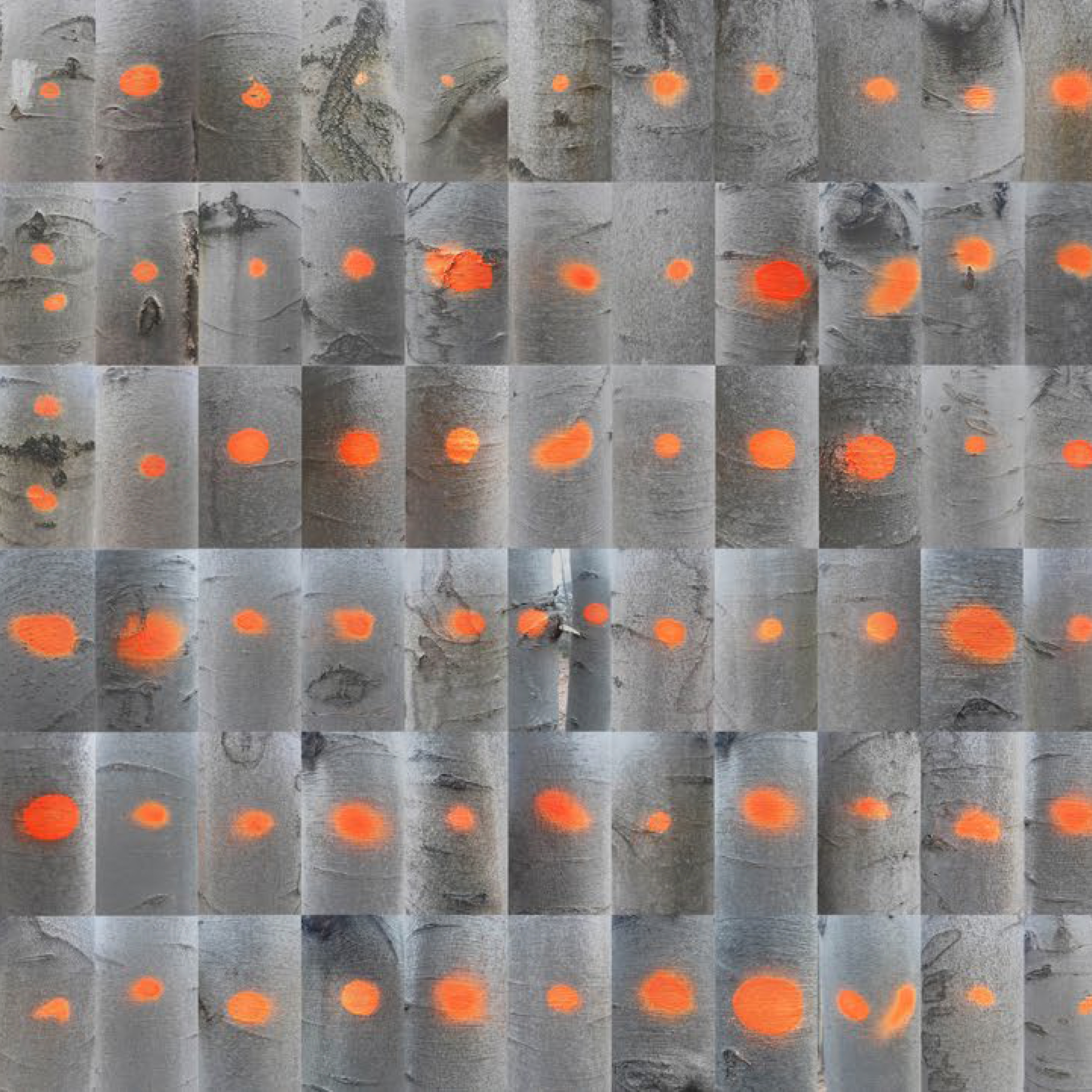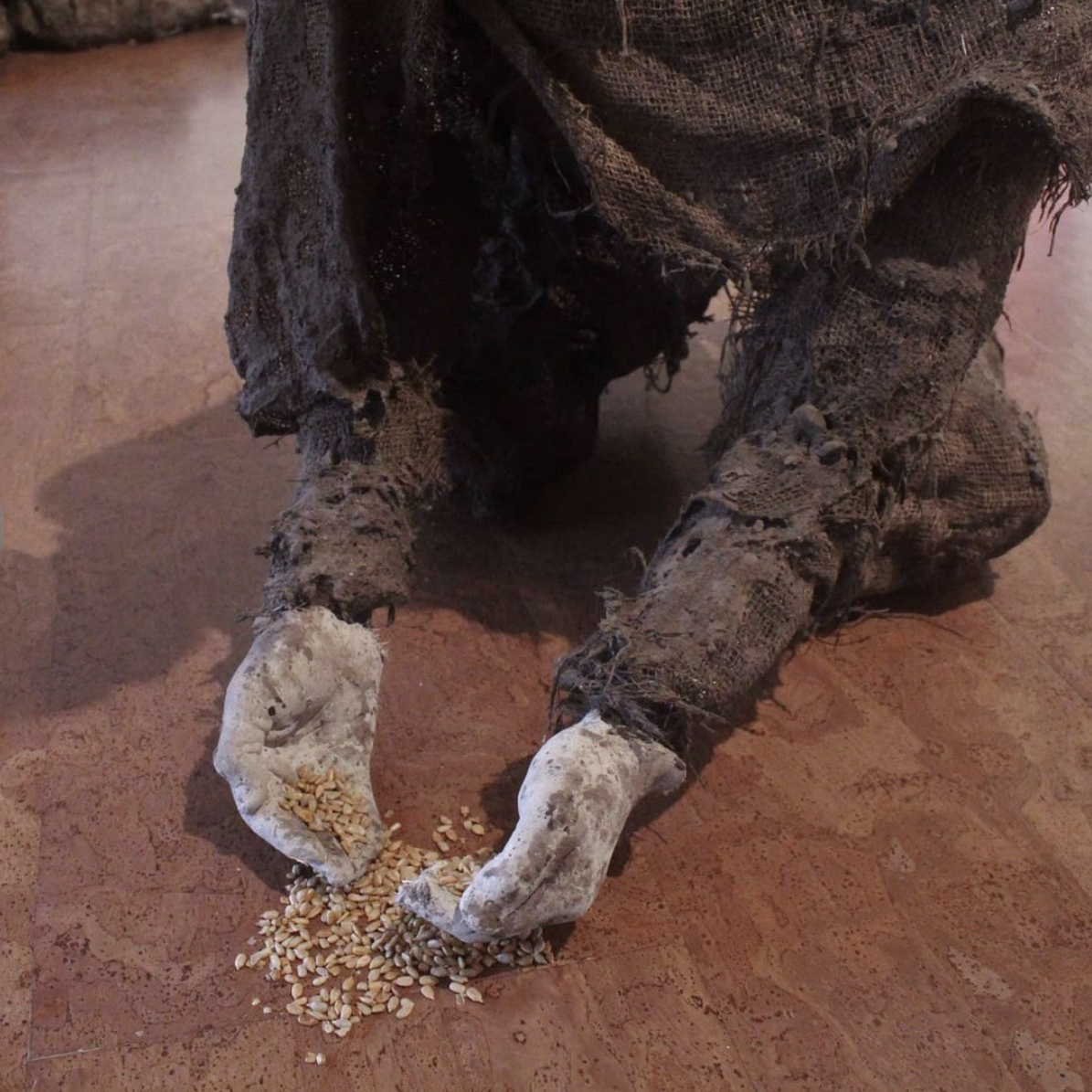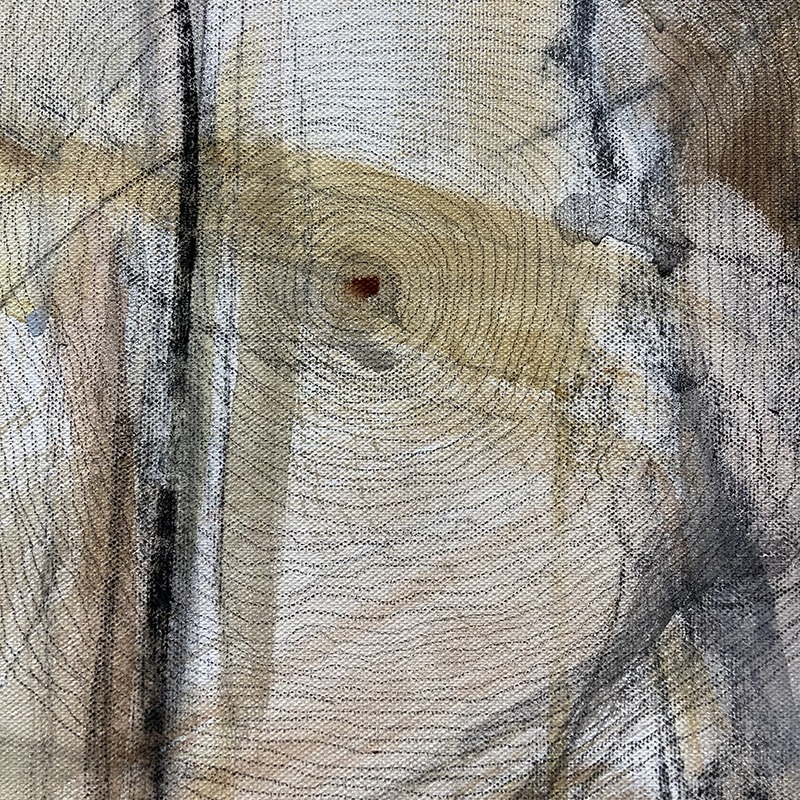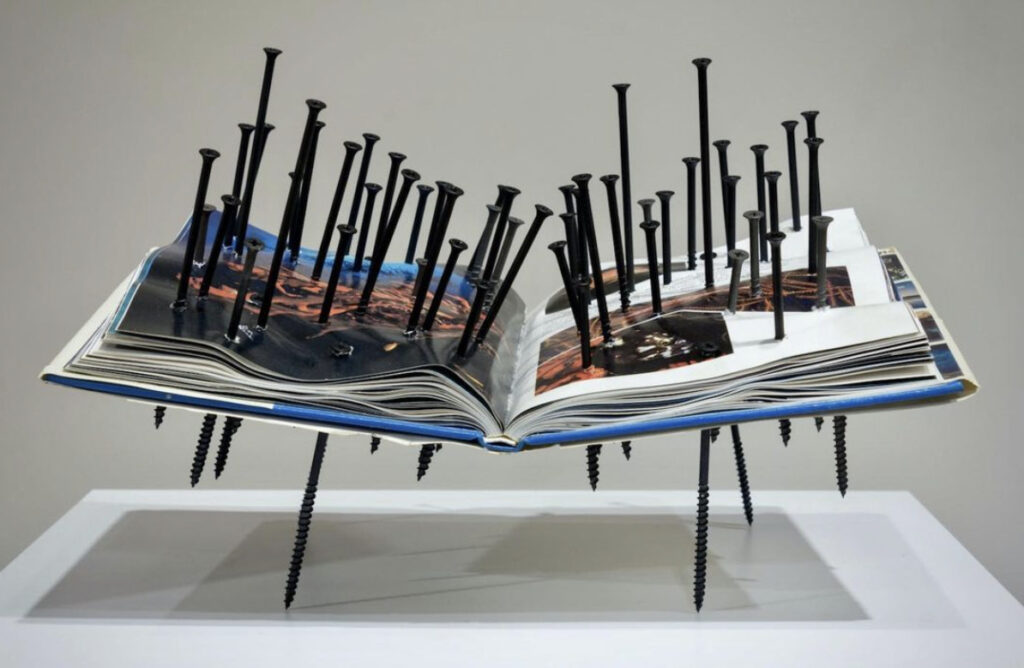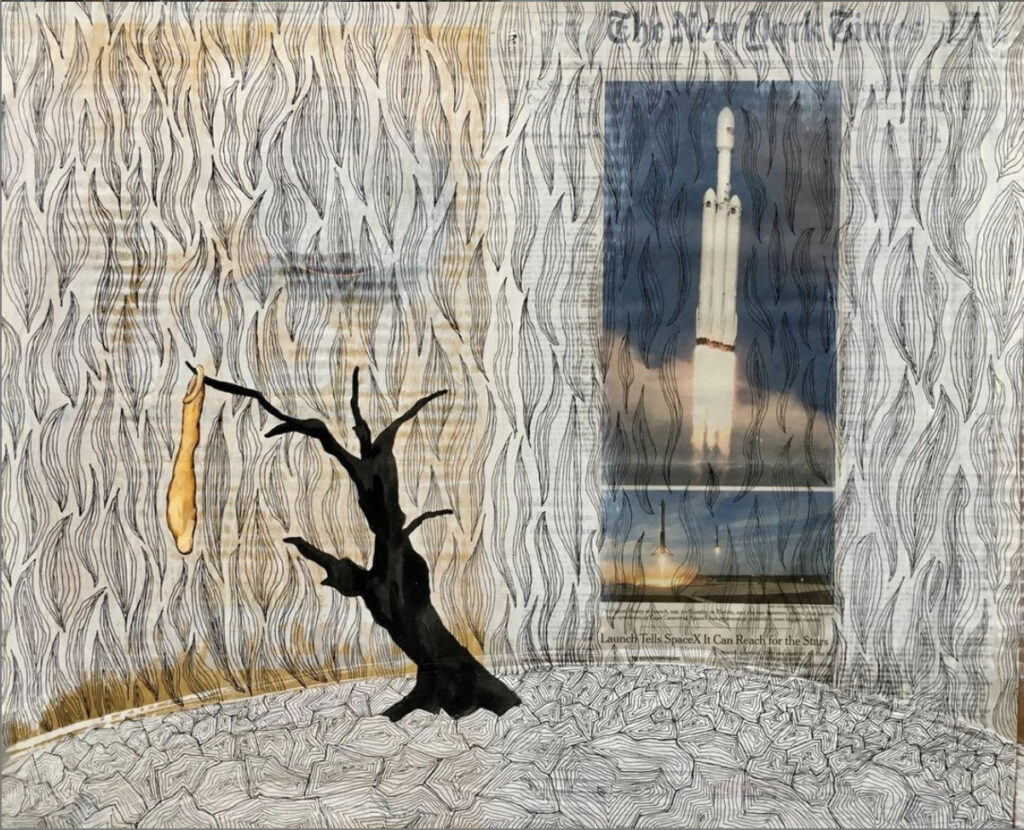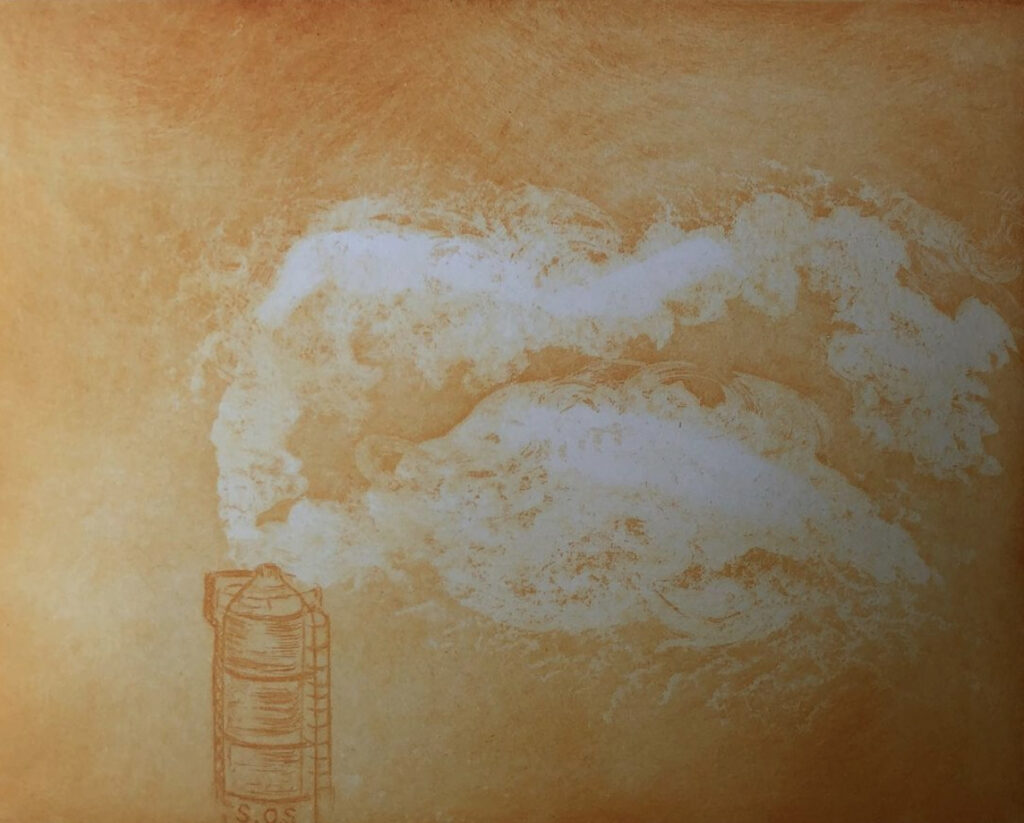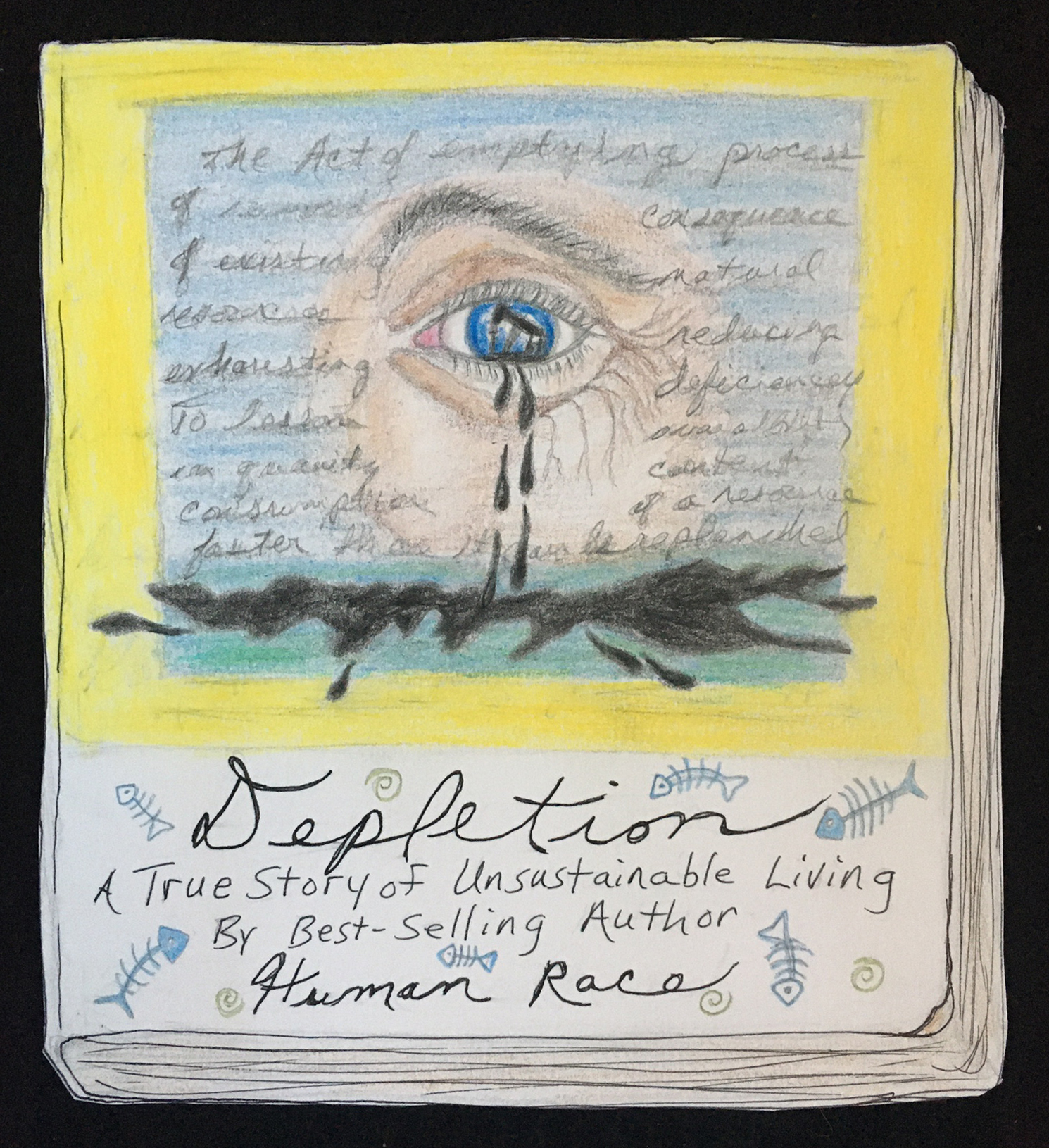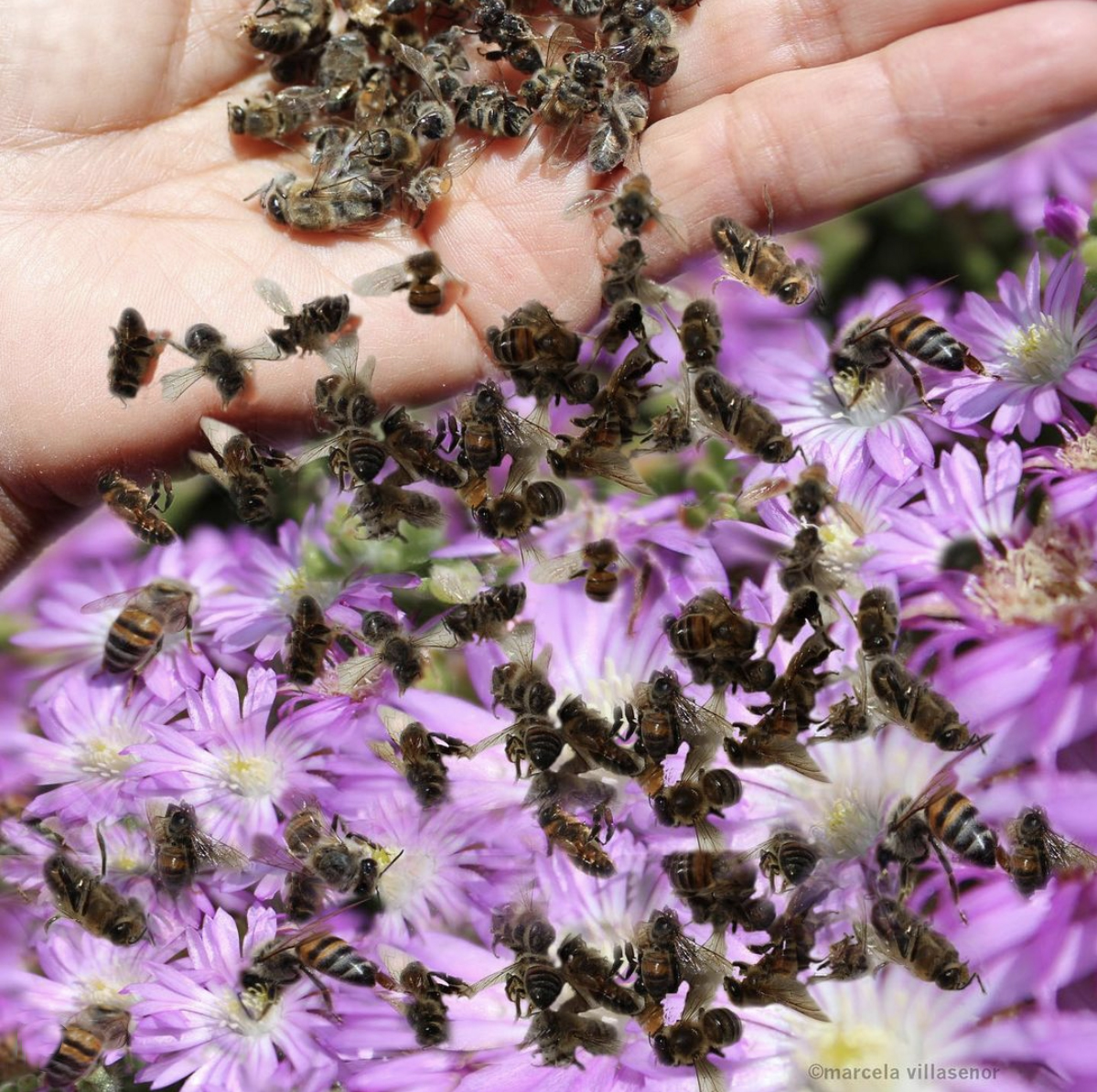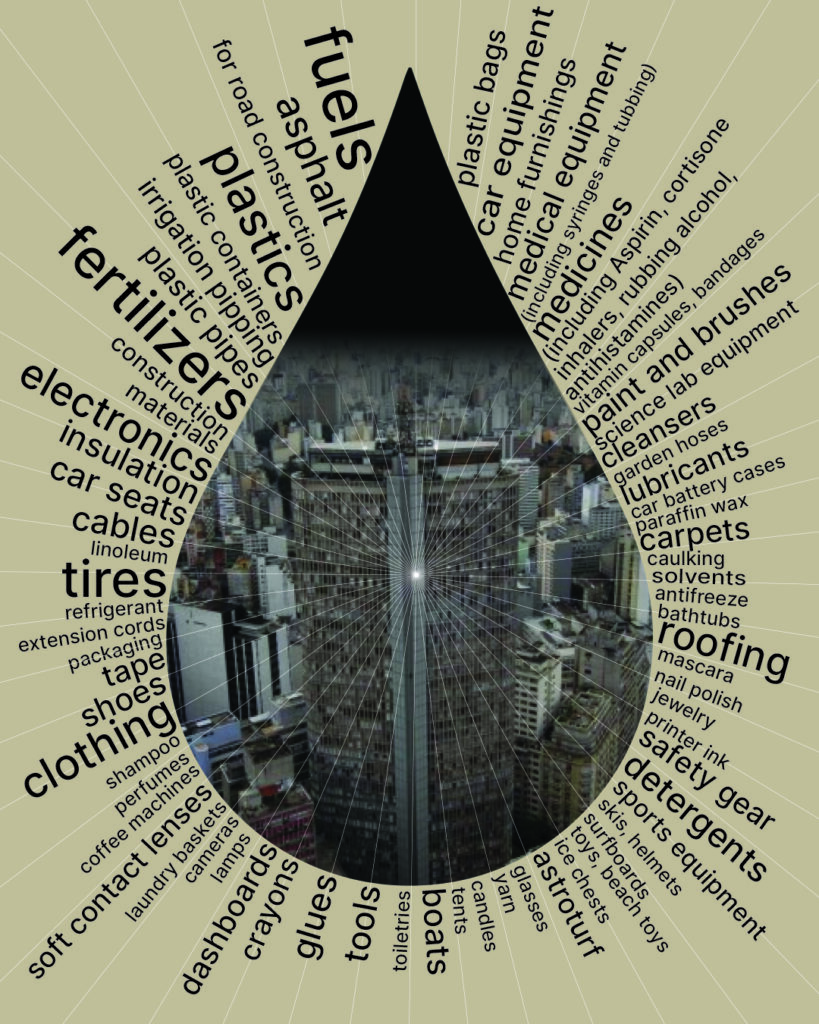Talking about oil when thinking about depletion seems counterintuitive, and I was surprised to see that the video on “Depletion”, part of the
Think Resilience free online course by the Post Carbon Institute was pretty much entirely about the importance of fossil fuels – especially oil. Our modern society relies heavily on fossil fuels, especially oil. Oil plays an essential role in the extraction of resources, their transformation into products, and transportation (air, sea, land). With topsoils depleting quickly worldwide, fossil fuels also play an essential role in industrial agriculture, where they are used to make synthetic fertilizers. Whether we see it or not, oil is everywhere in our daily lives. Products containing petroleum are countless. Plastic is a plague, but it is also a fantastic product – can you imagine hospital equipment without it? The shift away from oil includes finding replacements [at scale] for all the products we are using daily.
Not enough seems to be changing right now to shift away from oil. Despite the growth of wind and solar as energy sources, 85% of our energy needs still depend on fossil fuels, especially oil. Wind and solar represent less than 5% of the energy production worldwide. CO2 emissions continue to grow. Shifting from oil is a necessary but daunting task. According to the Post Carbon Institute, as we move to lower quality fuels or ones that are harder to extract, the ratio of Energy Returned on Energy Invested (or EROEI) falls. In the early days of the oil industry, energy returns of a hundred-to-one were routine; in today’s petroleum industry, returns of ten-to-one are more common.
Because it is a non-renewable energy source, we will face depletion if we do not make the transition. So what will happen first: oil depletion or a radical and complex shift from our deep dependency on oil?
